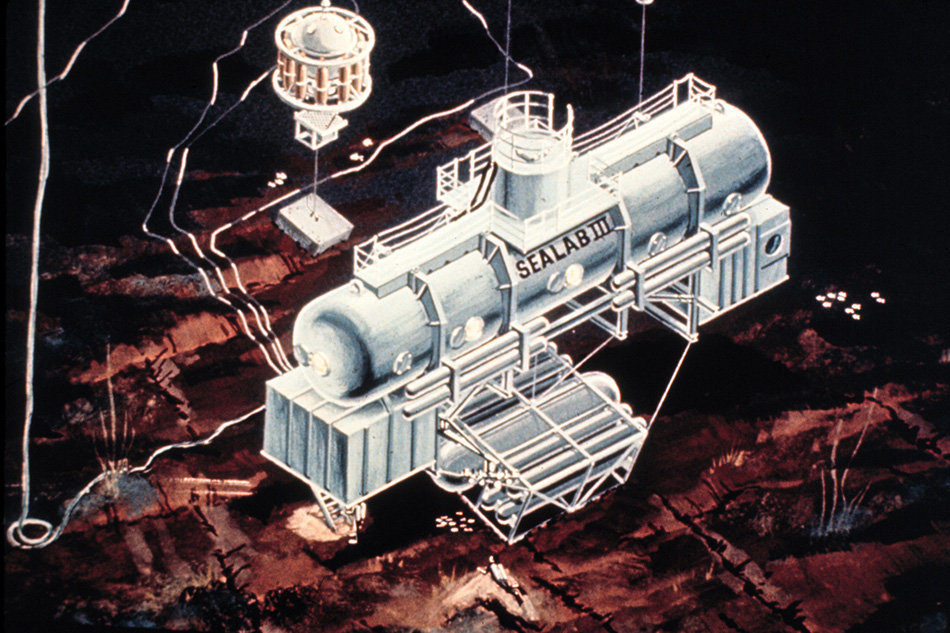How to sample a Martian environment
Collecting and analyzing rock and dust from other worlds is essential to planetary science discoveries, but it can be a challenging and expensive endeavor. Honeybee Robotics has solved that problem with its low-cost, highly reliable PlanetVac, a pneumatic planetary sampling system that gathers material for analysis that – as the name implies – involves a mechanism that sucks in regolith, a layer of unconsolidated rocky material covering bedrock.
PlanetVac releases a gas blast at the surface material it wants to analyze, stirring the granular samples into a collection container for either onboard analysis or an eventual return to Earth. Its direct attachment to one of the spacecraft's lander legs means it only has one moving part (the valve that blasts out the gas) and is ready to operate as soon as the craft touches down on a planetary surface.
The PlanetVac will eventually be used in two separate planetary missions: on the Firefly Lander moon mission via CLPS (Commercial Lunar Payload Services) and the JAXA MMX (Martian Moons Xplorer) that will explore both of the moons of Mars, Phobos, and Deimos and bring back a soil sample from Phobos.
PlanetVac releases a gas blast at the surface material it wants to analyze, stirring the granular samples into a collection container for either onboard analysis or an eventual return to Earth. Its direct attachment to one of the spacecraft's lander legs means it only has one moving part (the valve that blasts out the gas) and is ready to operate as soon as the craft touches down on a planetary surface.
The PlanetVac will eventually be used in two separate planetary missions: on the Firefly Lander moon mission via CLPS (Commercial Lunar Payload Services) and the JAXA MMX (Martian Moons Xplorer) that will explore both of the moons of Mars, Phobos, and Deimos and bring back a soil sample from Phobos.




